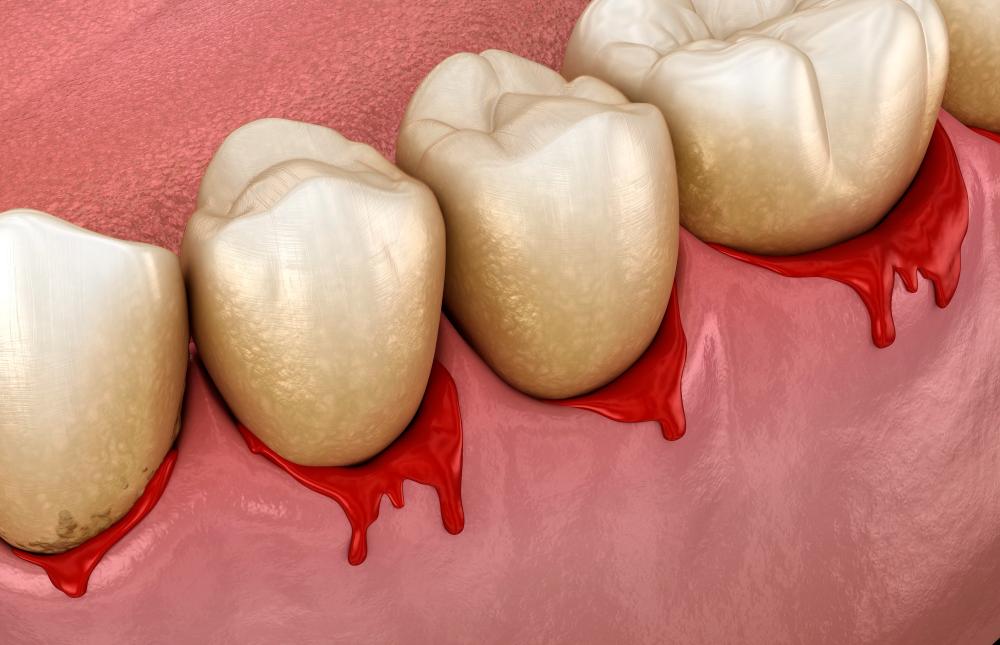Periodontal disease, also known as gum disease, is a chronic infection that damages the gums and bone supporting the teeth. It starts with gingivitis, which causes redness, swelling, and bleeding. Without treatment, it progresses to periodontitis, where the gums pull away from the teeth, forming deep pockets that trap bacteria.
As the disease advances, the bone that holds teeth in place begins to deteriorate. This can lead to loose teeth and, eventually, tooth loss.
Can You Keep Your Teeth with Periodontal Disease?
Many people wonder, how long can you keep your teeth with periodontal disease? The answer depends on the stage of the disease and how well it is managed. In the early stages, with proper oral hygiene and professional care, teeth can remain healthy for a lifetime.
Mild cases of gum disease can be controlled with regular cleanings and improved home care. Moderate cases may require deeper cleanings and medications to stop further progression. Severe periodontitis, if left untreated, can result in tooth loss within a few years.
Stages of Periodontal Disease and Tooth Loss Risk
The risk of tooth loss depends on the stage of periodontal disease:
- Gingivitis: The earliest stage, marked by gum inflammation and bleeding. Reversible with good oral care.
- Mild Periodontitis: Early bone loss begins. Teeth are still stable, but deep cleanings are necessary.
- Moderate Periodontitis: Bone loss worsens, and gums recede further. Without treatment, teeth may loosen.
- Severe Periodontitis: Significant bone loss occurs, causing teeth to shift or fall out. Treatment options are limited.
Regular dental checkups can help detect gum disease early and prevent it from reaching advanced stages.
Treatment Options to Preserve Teeth
Treating periodontal disease focuses on reducing infection and preventing further damage. The right treatment depends on the severity of the condition.
- Professional Cleanings: Routine dental visits remove plaque and tartar buildup.
- Scaling and Root Planing: A deep-cleaning procedure that removes bacteria below the gumline.
- Medications: Prescription mouth rinses or antibiotic gels may be used to control infection.
- Surgical Procedures: Advanced cases may require gum grafts, pocket reduction surgery, or bone regeneration.
Healthy gums are also important for cosmetic dental treatments. For example, porcelain dental veneers require strong gum support to achieve the best results.
Preventing Tooth Loss from Periodontal Disease
The best way to prevent tooth loss is through good oral hygiene and regular dental visits. Brushing twice a day with fluoride toothpaste and flossing daily helps remove plaque before it causes damage.
Lifestyle habits also play a role in gum health. Smoking and poor nutrition increase the risk of severe periodontitis. Straightening teeth with Invisalign clear aligners can make cleaning easier, reducing plaque buildup in hard-to-reach areas.
Long-Term Outlook for Patients with Gum Disease
With proper care, many people with periodontal disease can keep their natural teeth for decades. Early intervention and regular maintenance are key to preventing bone loss and tooth mobility. In cases where teeth cannot be saved, dental implants or other restorative options can help maintain function and appearance.
Dr. Alex Rubinov specializes in both preventive and cosmetic dentistry, helping patients manage oral health conditions and restore their smiles. If you need gum disease treatment or are considering a smile makeover, professional dental care can help maintain your teeth for as long as possible.


